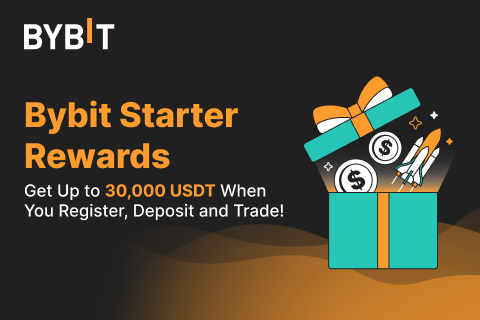What is Open Interest in Trading?
The Impact of Open Interest on Market Prices
The Role of Market Makers in Providing Liquidity
Anomalies in Open Interest
- Large decreases in open interest: If there’s been a large decrease in open interest over time, this could signal that traders are becoming less bullish on the asset or index being traded. This might lead them to sell their positions before they lose money on them; therefore causing prices to fall further as demand drops off due to fewer buyers entering into new trades with fewer sellers leaving their positions behind (i.e., exiting their trades).
- Large increases in open interest: On the other hand, if there has been an increase over time–especially if it happens suddenly–it could mean that people are buying up more contracts than usual because they think prices will rise soon enough where they’ll make back any losses incurred during periods where prices were falling instead; thus causing prices go up even further due toward increased demand from new buyers entering into these trades while old ones exit theirs early due either too much risk involved compared against potential returns available elsewhere (such as hedging against inflation), having no choice but selling off everything else first before liquidating these assets later down road when things get better again.”
Examples of Open Interest in Trading
Open interest is the total number of open contracts at any given point in time. It’s a good way to measure how much money is being invested in a particular asset or market.
In the example below, there are three traders who have entered into long positions on Apple Inc. (AAPL) stock: Trader A has bought 10 contracts; Trader B has bought 5 contracts; and Trader C has sold 10 contracts.
Open interest refers to all outstanding futures contracts–both long and short positions–that have not yet been closed out by their owners before expiry date arrives (if any). Open interest measures how much money is being invested in a particular asset or market at any given moment in time
Conclusion
When you understand the concept of open interest, it can help you make better trading decisions. This is because open interest gives traders a glimpse into what other market participants are doing at any given time.
Open interest is an important metric that helps traders determine whether there are more buyers or sellers in the market at any given time. It also helps them identify whether there is high liquidity in certain assets, which means they will be able to get out of their positions without having to pay too much for their trades (or vice versa).
Open interest has implications for every type of investor: long-term investors may want to use this information when making investment decisions; short-term traders should use it as part of their trading strategy; day traders can use it along with other indicators like price action signals when making trades on an intra-day basis; and scalpers can use it as another piece of information when deciding whether or not they should enter into a particular trade opportunity at any given moment during the day’s session.










